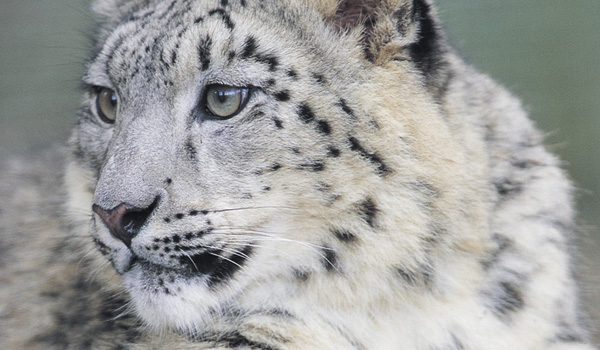Saving Snow Leopard in the Himalayas
The endangered Snow Leopard is found in the Himalayas and Central Asia. There are estimated 4,500-7,500 snow leopards in the wild. In Nepal there are about 300-500 Snow Leopards scattered across the remote, northern mountains. Their survival is threatened by habitat degradation, loss of natural prey, poaching, retaliatory killing by villagers and inadequate national level policies and conservation initiatives. A key challenge faced by conservationists is that the inaccessible rugged terrain of Snow Leopard habitats makes scientific researches and conservation initiatives difficult and expensive. However, in the Shey Phoksundo National Park, following a Snow Leopard and prey species survey in 1999, efforts have been directed towards local level monitoring and mitigating conflict between villagers and the snow leopard.
Similar efforts are underway in Kangchenjunga Conservation Area and other mountain protected areas in the Sacred Himalayan Landscape-Nepal, a priority area for landscape level conservation in the Eastern Himalayas.
It is in this area that this film’s story is based – driven primarily by two characters Lhakpa Tseten Sherpa, 73, and Himali Chungda Sherpa, 45, from the remote Ghunsa Village at the base of mount Kangchenjunga. Both of them have been involved in Snow Leopard conservation effort for long; but the interesting difference between them is that one is driven into this from his own conviction based on his deep-rooted culture and belief (Buddhists believe that harming any animal is a sin and advocates empathizing the pain the animals go through), while the other is younger and is involved in the conservation effort more out of scientific and modern ethics, and works closely with the local NGO, Himali Conservation Forum (HCF) and Kangchenjunga Conservation Area Project (KCAP) . The film thus illustrates the changing faces of the local conservationists, and passing on the tradition – from Lhakpa Tseten to Himali Chungda.







